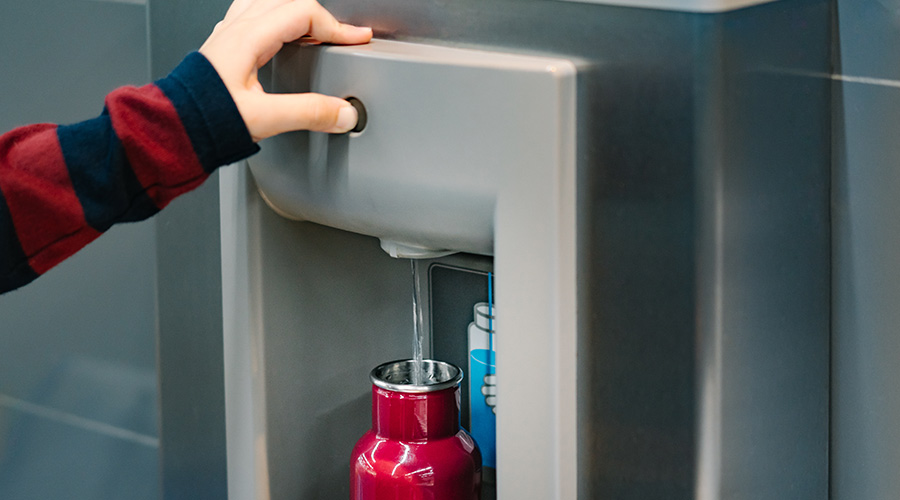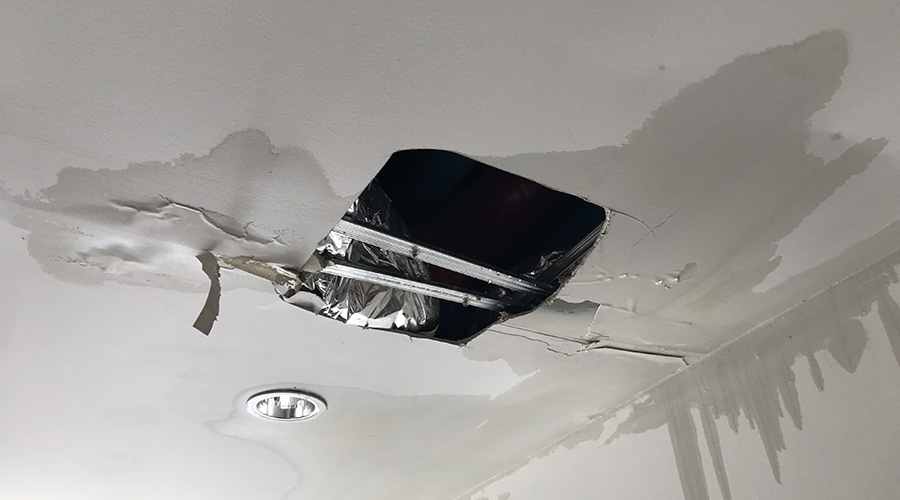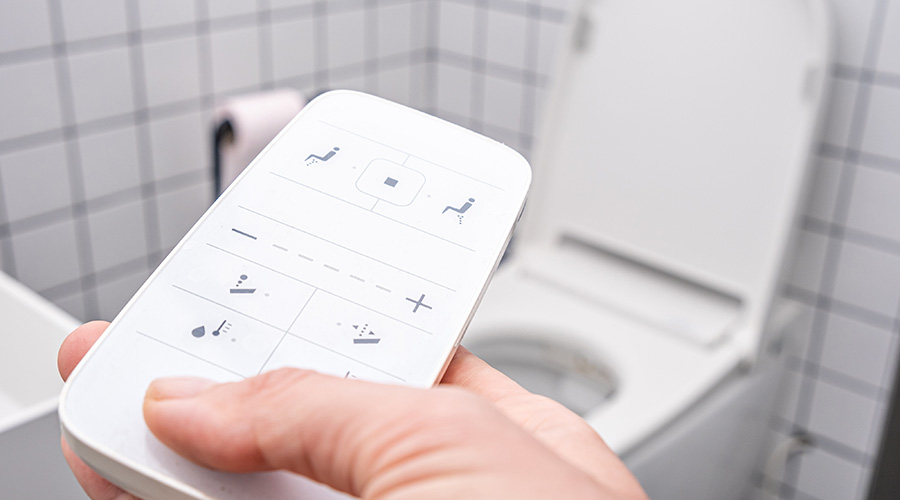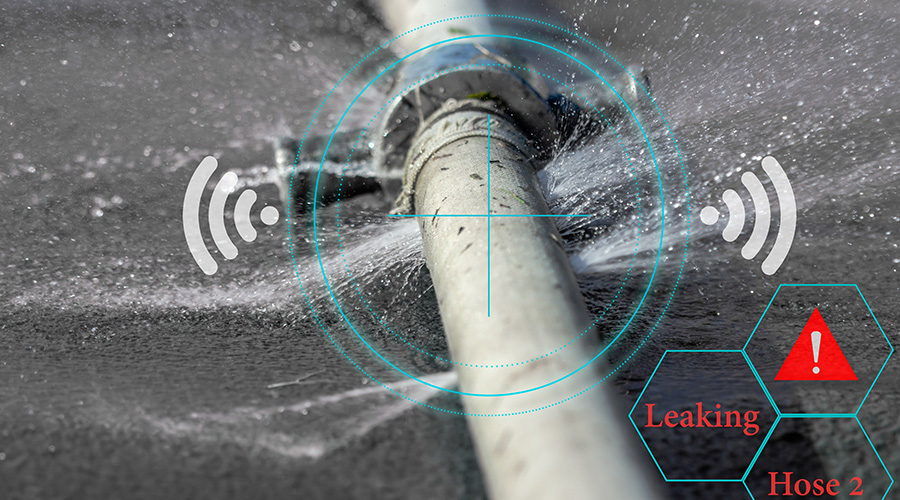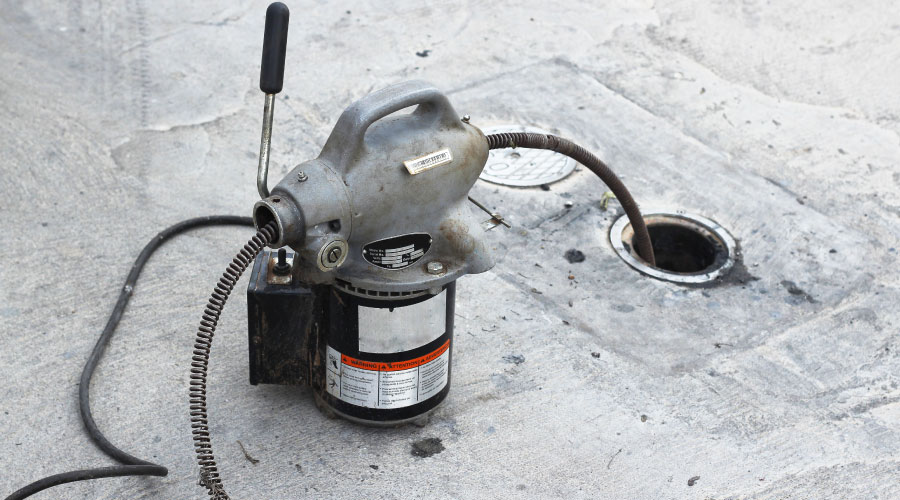Why Water Bottle Filling Stations Are Healthier, Greener Options
Another added benefit of water bottle filling stations is reduced maintenance.
By Frank Rigas, Contributing Writer
Compliance is a primary challenge when moving from traditional drinking fountains to a water bottle filling station.
“The number of drinking fountains is based on occupancy, and the type of equipment is further defined by the Americans with Disabilities Act,” says Dunn, adding that he recommends careful consideration of two factors:
- What is required in the building?
- What are managers allowed to remove affecting compliance?
“The easiest option is simply supplementing what is already installed by retrofitting the existing fountains with a bottle filler or replacing and perhaps upgrading your entire set-up with a new dual-drinking fountain and bottle filler product to both meet compliance and add a nice, new filtered and touchless bottle filler,” he says.
Another challenge relates to aesthetics.
“We know that when our customers retrofit or replace an existing drinking fountain, they may also need to patch walls,” Guttas says. “It’s important to look for a manufacturer that is compatible with existing cooler footprints and rough-ins, as that can help reduce repair efforts.”
Another added benefit of water bottle filling stations is reduced maintenance. Thanks to smart technology, managers can track bottles saved, filter status and water use and schedule flushing events to maintain clean lines, Lawrence says.
“For ease of maintenance, units that include a quick filter change wrapper, a drop-down design allows for quicker filter access from the front and side of the cooler,” he says. “Filter changes can be completed in less than one minute. A variety of filters can be used for units, including high-capacity lead filters to reduce the number of filter changes in high traffic areas or filters tested and certified to NSF/ANSI standards 42 and 53.”
Increased popularity
The popularity of water bottle filling stations is likely to grow.
The public’s desire to reduce plastic water bottle use, coupled with the increasing desire by humans to drink water and technology improvements, have increased the replacement of traditional drinking fountains, McClelland says, adding that in the last 10 years, state plumbing codes have changed the minimum standards for drinking water infrastructure in school buildings to include bottle filler provisions.
“Seventy-five percent of school-aged children in the United States do not consume the recommended daily allowances for water, and bottle fillers can encourage water consumption by providing easy access to drinking water,” he says.
The increasing use of water bottle filling stations does not mean the traditional drinking fountain is going to disappear.
“The drinking fountain will remain an important architectural addition, and it must as we have to consider the ADA and its requirements, as well as what we refer to as universally accessible water,” Dunn says. “Not everyone is prepared with a cup or bottle when they venture out into the world, and the drinking fountain remains an easy way to get the single most important resource the body needs to be healthy and active — water.”
Frank Rigas is a freelance writer based in Sheboygan, Wisconsin.
Related Topics:








